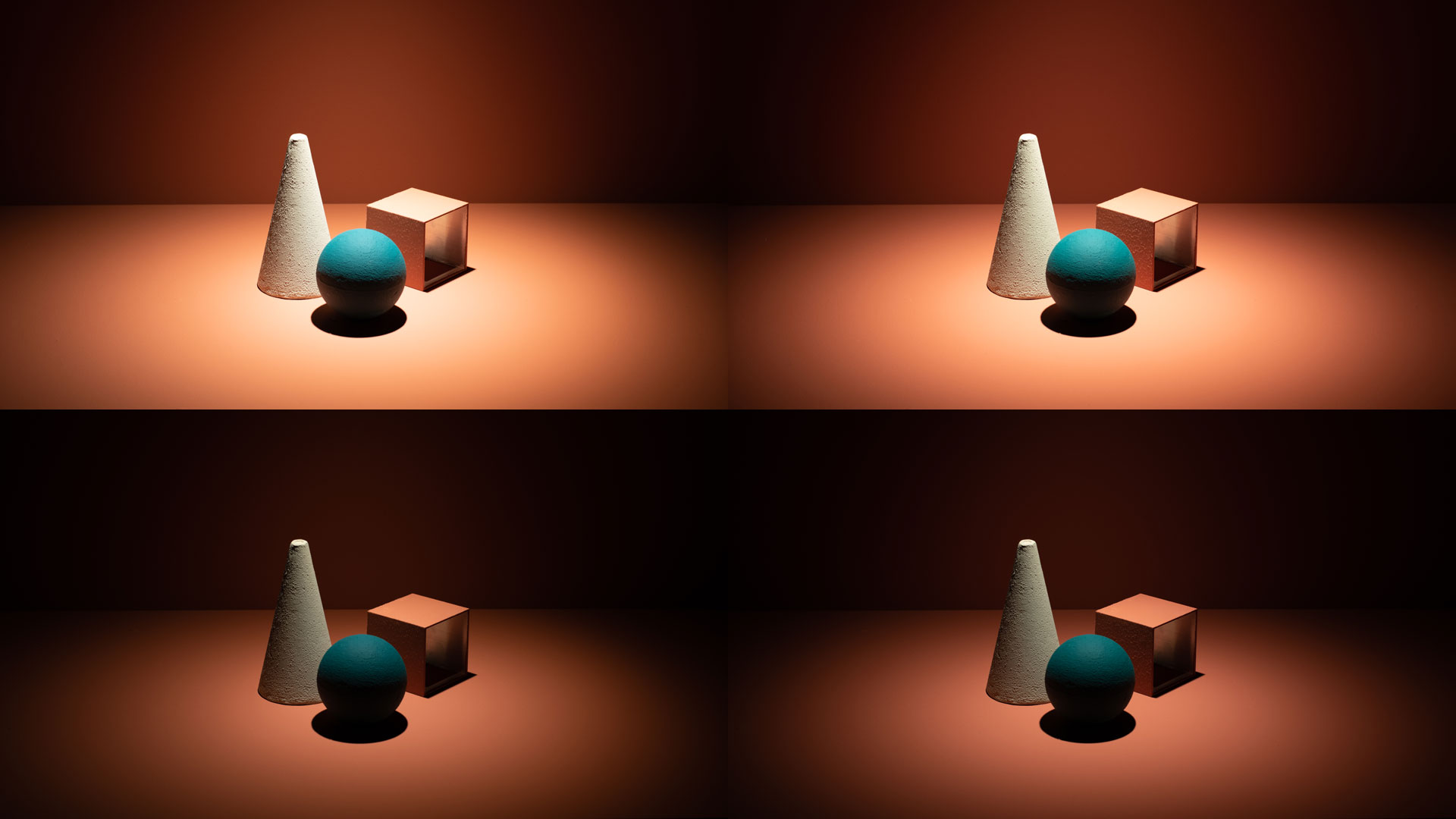All arguments that relate to ecology and energy saving are extremely important to us. Therefore, from the moment we decided to implement LED technology, we choose solutions that enable the best possible reproduction of colors and reduce the phenomenon of blue light emission. The choice of Sunlike technology is for us a natural consequence of the once chosen path and the next stage of development of our products.
Know more about Sunlike
LED technology, based on blue light, was invented by three scientists: Isamu Akasaki, Hiroshi Amano and Shuji Nakamura and recognized as one of the most important inventions of the last century. In 2014, the Nobel Committee awarded the team a Nobel Prize in physics, and the innovative light source became the beginning of a revolution at the technological, ecological, financial and design levels.
Shuji Nakamura continued work and in 2007 developed the next generation of LEDs based on purple light. It turned out that the change of concept created a completely new light source that fully corresponds to the spectrum of sunlight - Sunlike.
We have been promoting and developing this revolutionary new light source in our products for many years. Sunlike LEDs completely solve the problem of artificial light and are in line with the idea of Human Centric Lighting. Depending on the color of the light, you can use it to work or to mute.
For years, we have consistently recommended Sunlike to places where people reside.
For example to:
• offices, in the tunable white technology, that the light would change its color according to the daily cycle
• museums to precisely illuminate the exhibited objects or paintings in a manner absolutely safe for the presented object (no negative impact of UV rays)
• restaurants, where light affects the mood of guests, presentation of dishes and atmosphere.
The main advantages of the Sunlike light source:
• Sunlike emulates natural light and supports circadian rhythm.
• Sunlike improves concentration, improves productivity at work and at school.
• Sunlike reduces eye fatigue and improves overall visual comfort.
• Sunlike shows the true depth of colors and textures that appear in nature.
• Sunlike improves the mood during the day. Like sunlight, Sunlike technology is very beneficial to human health because it improves the comfort of staying in a closed room with limited access to sunlight.
This is because we react to this type of light in the same way as to sunlight. Clinical studies performed by the University of Basel in Switzerland showed participants:
• improving sleep quality
• better concentration
• less eye strain
• better color perception
• feeling better.
Sunlike technology also means better perception of light colors and contrasts. Below is a comparison of CRI 95 LED sources (pictures on the left) and SLED (Sunlike) CRI 97 (pictures on the right) for a warm color (2700K). The photo above shows the lighting of the Reel TRC luminaire at full power, and the photo below shows the same luminaire dimmed to 10% in the TRIAC system.
You can clearly see the improvement in contrast and color dynamics for the Sunlike diode, even though the luminaire has been dimmed.


A few words about LEDs
LED light has many positive features. It allows you to match the color of light to the environment, and white light to the time of day. Using it, however, does not eliminate the problems that are associated with long-term work of people in artificial lighting.
Studies on the operation of the eye have been going on since the beginning of the twentieth century. In 1923, Clyde E. Keeler discovered that blind mice still react to light. This discovery paved the way for many more studies. In 2002, a team of scientists led by Samer Hatter and David Berson discovered the ipRGCs receptors. Briefly, a photoreceptor was discovered that reacts very dynamically to a narrow range of blue light. This information is transmitted to the pineal gland, which regulates the process of melatonin secretion - so-called sleep hormone, responsible for the rhythm of sleep and our activity. Thus, it was somewhat discovered that artificial light can unnaturally stimulate us at times when we should calm down and calm down.
Research conducted by the University of Basel on the impact of artificial light on the human body has shown that the use of low-quality LEDs, fluorescent lamps, weak displays for phones reduces concentration, affects well-being, can cause depression and sleep disturbance. That is why light source manufacturers try to cope with the reduction of blue light in different ways. The indirect solution is therefore dimm technology to warm or boost the frequency in the 480 nm range that affect our activity. The MR factor determines the range of color temperature. The higher its value and the higher the temperature, the greater the stimulation of our body.
In this context, Sunlike technology is certainly the best alternative and the healthiest solution.